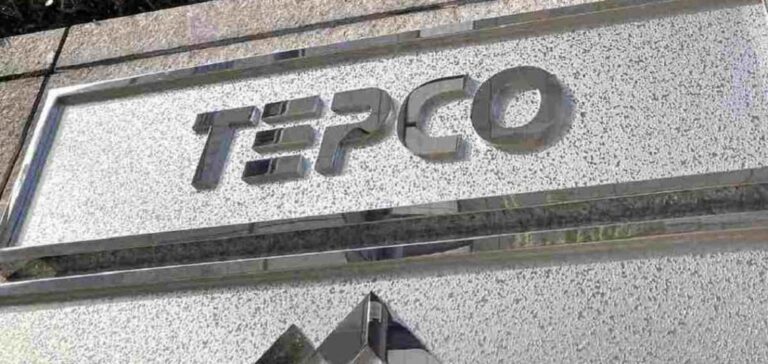Remotely operated robots will be deployed starting next week in the basements of the Fukushima Daiichi nuclear power plant to remove sandbags soaked with radioactivity, Tokyo Electric Power Company (Tepco) announced on 21 March. These bags, used to absorb water contaminated after the 2011 nuclear disaster, have remained in place within damaged buildings, inaccessible to humans due to lethal radiation levels.
Measurements taken at the surface of the bags show exposure levels reaching 4.4 sieverts per hour, a lethal dose in case of prolonged direct contact. According to Japanese media reports, around 2,850 bags remain on site, representing an estimated 41.5 tonnes of radioactive material, though Tepco has not officially confirmed this figure.
Remote-controlled equipment for extreme zones
Two robots, one equipped with a mobile claw designed for this specific task, were installed this week in the lower levels of the buildings. They will be operated remotely by technicians starting next week. Tepco aims to complete the removal of the bags by the end of Japan’s 2027 fiscal year, meaning by March 2028, according to spokesperson Tatsuya Matoba.
Once removed, the bags will be placed in containers designated for radioactive materials, then transferred to a temporary storage site located outside the immediate perimeter of the Fukushima Daiichi facilities.
Long-term nuclear decommissioning
At the time of the 9.0-magnitude earthquake on 11 March 2011, three of the six reactors at the site were operational. The tsunami that followed triggered a meltdown of the cooling systems, marking the beginning of the most serious nuclear crisis since Chernobyl. While no deaths were directly linked to the nuclear incident, the natural disaster itself caused the deaths of 18,500 people on the same day.
To date, around 880 tonnes of radioactive materials remain on-site. The full decommissioning of the facility remains a significant industrial challenge for Tepco, with operations expected to extend over several decades. The company collected a 0.7-gram sample of radioactive debris in 2024 and plans a second sample retrieval later this year.






















